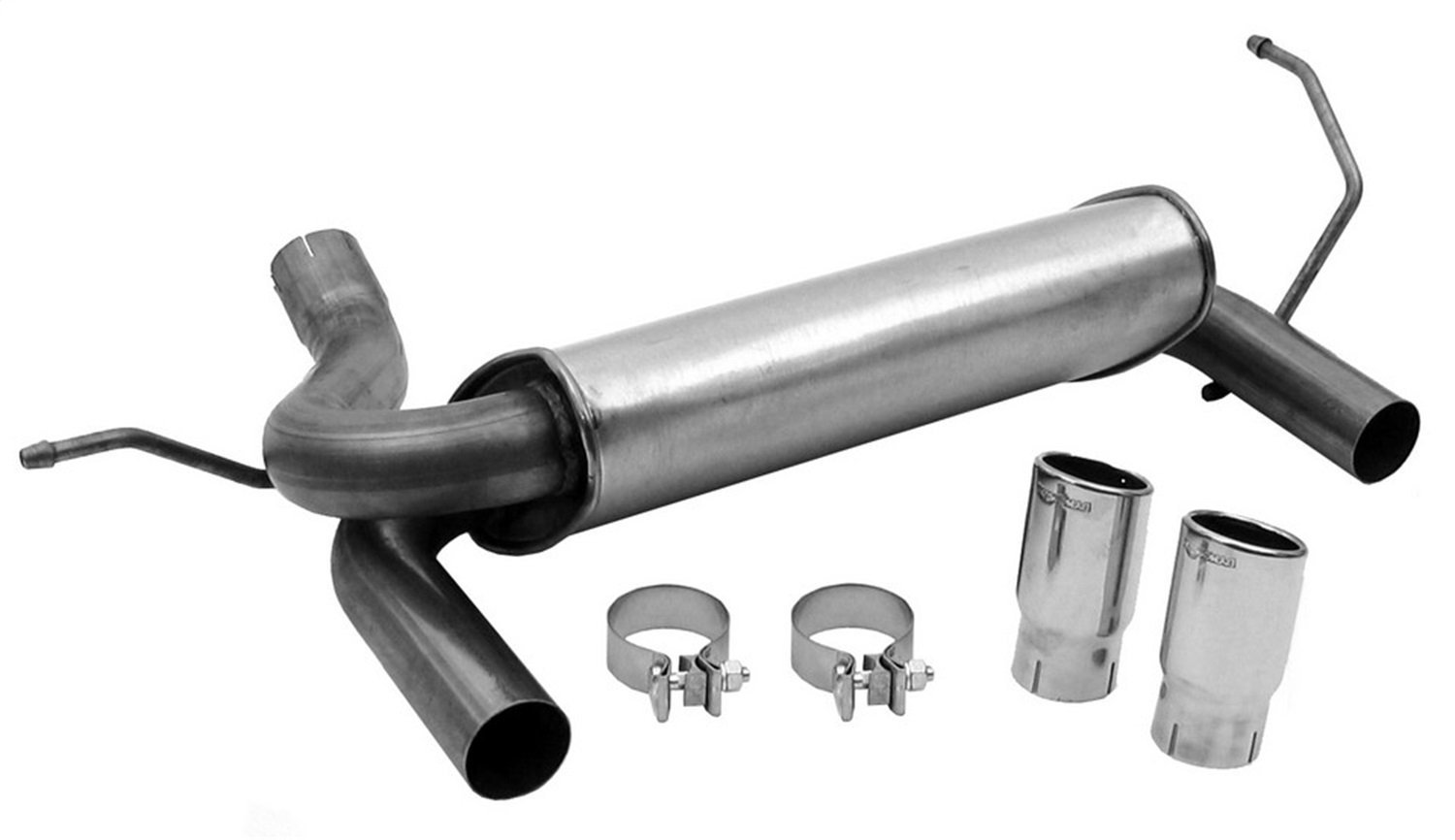How to Test and Replace Your Truck’s Alternator
Are you having charging problems in your truck? It can be a result of several items including your alternator or battery that needs to be replaced. Both of these items give you some similar symptoms, but don’t waste money on replacing both. Several signs point to problems in your charging system. Your battery carries the electrical current needed to start your engine and then the alternator does its thing by making current and transferring it back to the battery for the next time you turn on the ignition switch.
Signs of a Bad Alternator
Some signs of a bad alternator are flickering headlights, an engine that is slow to start, power windows moving up or down more slowly than normal and dash lights and headlights that may dim, flicker or not work at all. A faulty alternator will also affect your battery to make it weak or entirely dead because it isn’t replacing the electrical charge to the battery. A faulty alternator can make some odd sounds too such as whining or grinding and your truck will be hard to start or won’t start at all.
Testing an Alternator
You can follow this technical advice to test your alternator. First, you want to test the battery’s voltage with the engine off. You should first put a battery charger on your battery to see how much voltage it is holding. If it’s less than 50 percent, then charge it up to 100%. Remove the battery charger and turn on the headlights for four minutes with the engine off. Then shut off the headlights, start the engine and test the battery voltage. A good alternator will have a reading between 13.5 and 14.5 volts. If your reading is lower, turn on the headlights and the blower motor and raise your engine’s speed to 2,000 rpm. If the reading is still low, let your engine run for five minutes and repeat your voltage test. If it is still low, then your alternator is bad and needs a replacement. If your alternator doesn’t have the correct voltage, then test the diode. Put your multimeter on the lowest AC setting and attach the test leads to the battery. Start the engine and see if any AC voltage shows. With your engine, running there should be no voltage detected. If there is any voltage, the diode is bad and you need a new alternator.
How to Replace Your Alternator
- Secure a new alternator for your truck from an auto parts repair store.
- Disconnect both battery cables from the battery. Remove the negative or black cable first and then the positive or red cable.
- Remove the wires and cables on the back of the alternator. Press in the latch clip on the electrical connector that fits on the voltage regulator and wiggle it out.
- Next, use a wrench to loosen the locknut on the positive battery cable and pull the ring terminal outward and off the alternator.
- Remove the two alternator mounting bolts. It’s best if you have air tools to use them in doing this step because the bolts are very long and take a long time to remove with basic hand tools. Note that one bolt is longer than the other and where each one fits to save time when you bolt up the new alternator.
- Now lift out the old alternator and put the new one in its place.
- Reattach everything in reverse order of how you removed it and put the battery cables back on the battery. Make sure to connect the positive cable to the battery first and then the negative cable.
Testing and replacing your alternator is a straightforward and easy task for a DIY truck repair that takes little time to do so you can get back on the road without the need for paying a mechanic’s labor cost to replace it.













